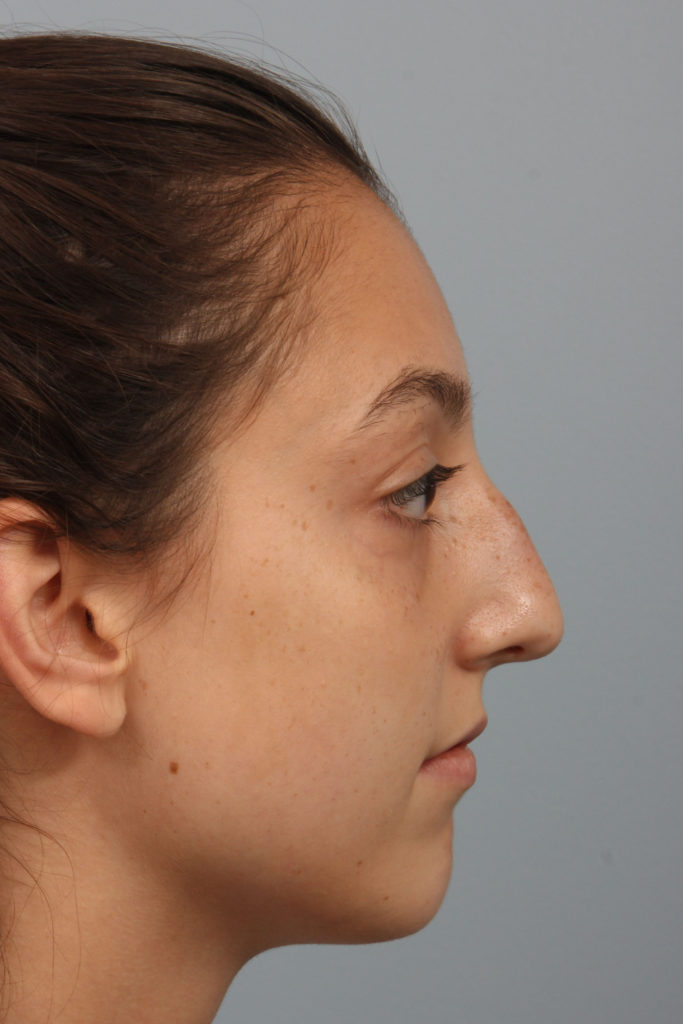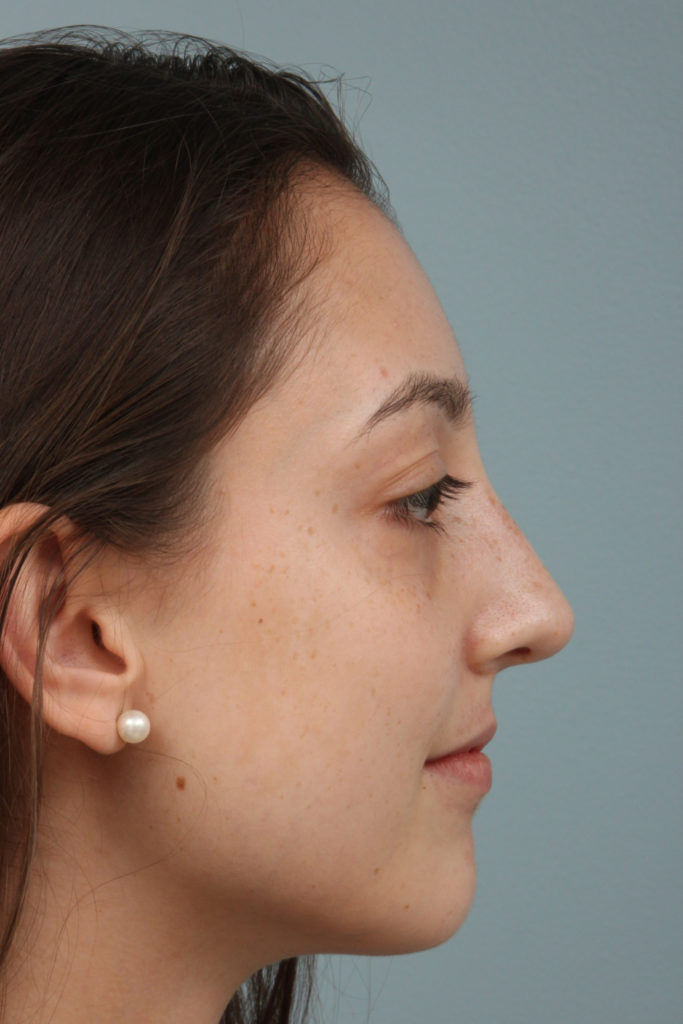Dorsal Hump Surgery Consultation
Every procedure at the Plastic Surgery Center at Williams begins with a consultation, which gives our specialized surgeons an opportunity to hear the patient’s goals and assess the nose and face.
During this consultation, patients have the chance to ask questions about the doctor, practice, cost, and surgery itself.
Patients seeking nasal hump surgery or any cosmetic change to their nose are encouraged to seek out a nasal plastic surgery specialist, since the specific experience can help throughout the entire surgical process, from consultation to follow-up.
In some cases, a nose-focused surgeon may identify other structural or cosmetic problems contributing to a disproportionate look on the face, as well as structural problems that can obstruct natural breathing.
Computer-generated imaging (CGI) can be used to show a patient what the results of nasal hump surgery could look like from a head on view and a side profile view — though any patient using CGI should remember that the images are not a prediction, but a glimpse of what is possible.
Dorsal Hump Rhinoplasty Surgery
The nasal hump surgery typically takes between one and two hours and it will involve the administration of an anesthetic by a credentialed professional before work begins on the bridge, which is made up of bone in the upper third and cartilage in the lower two thirds.
Dr. Williams will remove bone and/or cartilage as necessary to give the bridge a straighter line.
Dr. Williams almost exclusively uses the closed rhinoplasty approach, which keeps all necessary surgery, including incisions, to the internal structures, so no lines or scars are visible on the outside of the nose.
Nasal Hump Surgery Recovery
For recovery after nasal hump surgery, Dr. Williams uses only very light dressing within the nose to be removed one day following the surgery.
An outer splint will also be put into place, to be removed after a week. From there, he advises patients to avoid activities that might cause a bump to the nose for two more weeks.
Swelling will go down over this time, though it can take up to a year for the nose to finally heal. As with all surgeries, there is a risk — though uncommon — of bleeding or infection.
Post-surgical care instructions will be given, and follow-up visits scheduled, as necessary.

